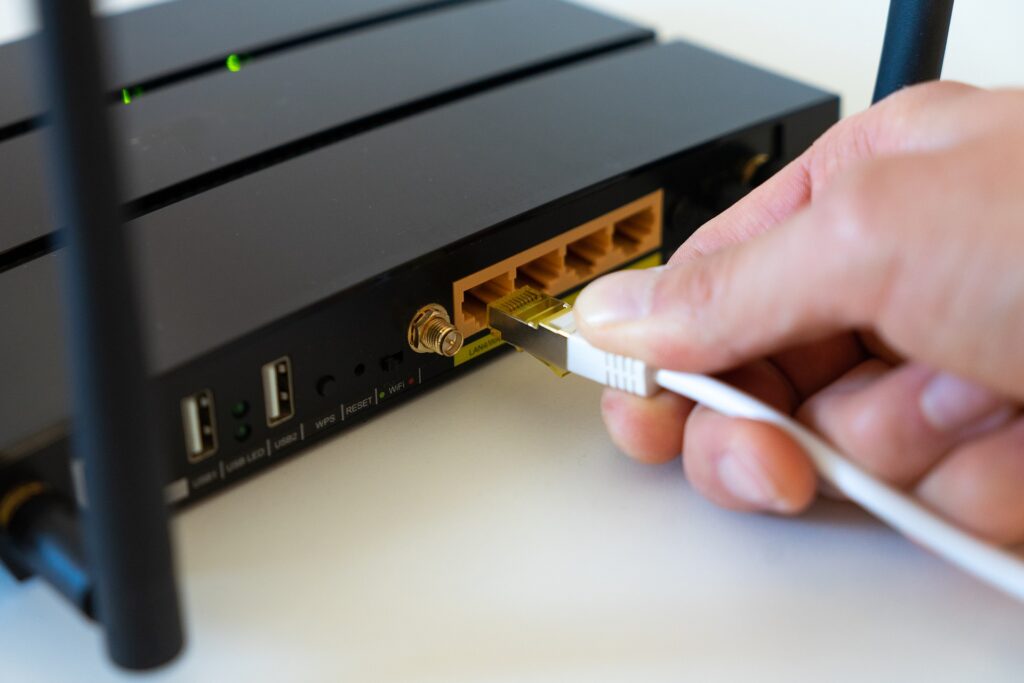
IPv6
IP addresses are used for end-to-end communication. This might be between two workstations on a LAN. This could also be communication to something on the internet.
The most common type of IP address right now is IPv4. IPv4 has a limitation. There aren’t enough public IP addresses for everyone. Technologies like NAT and private IP addresses have helped to extend the use of IPv4.
The newest version of IP is IPv6. This was designed so there would be plenty of IP addresses for everyone.
Each IPv6 address is 128-bits long. This is much bigger than an IPv4 address, which is only 32-bits long. The main difference between IPv6 and IPv4 is how they look. IPv6 addresses are made up of hexadecimal characters.
While IPv4 is still the most popular, IPv6 adoption is increasing. Migration options to IPv6 include:
- Dual-stack – Running IPv4 and IPv6 side by side
- Tunnelling – Creating IPv6 tunnels over IPv4, or IPv4 over IPv6
- Translation – translating IPv4 to IPv6 or IPv6 to IPv4 (like NAT)